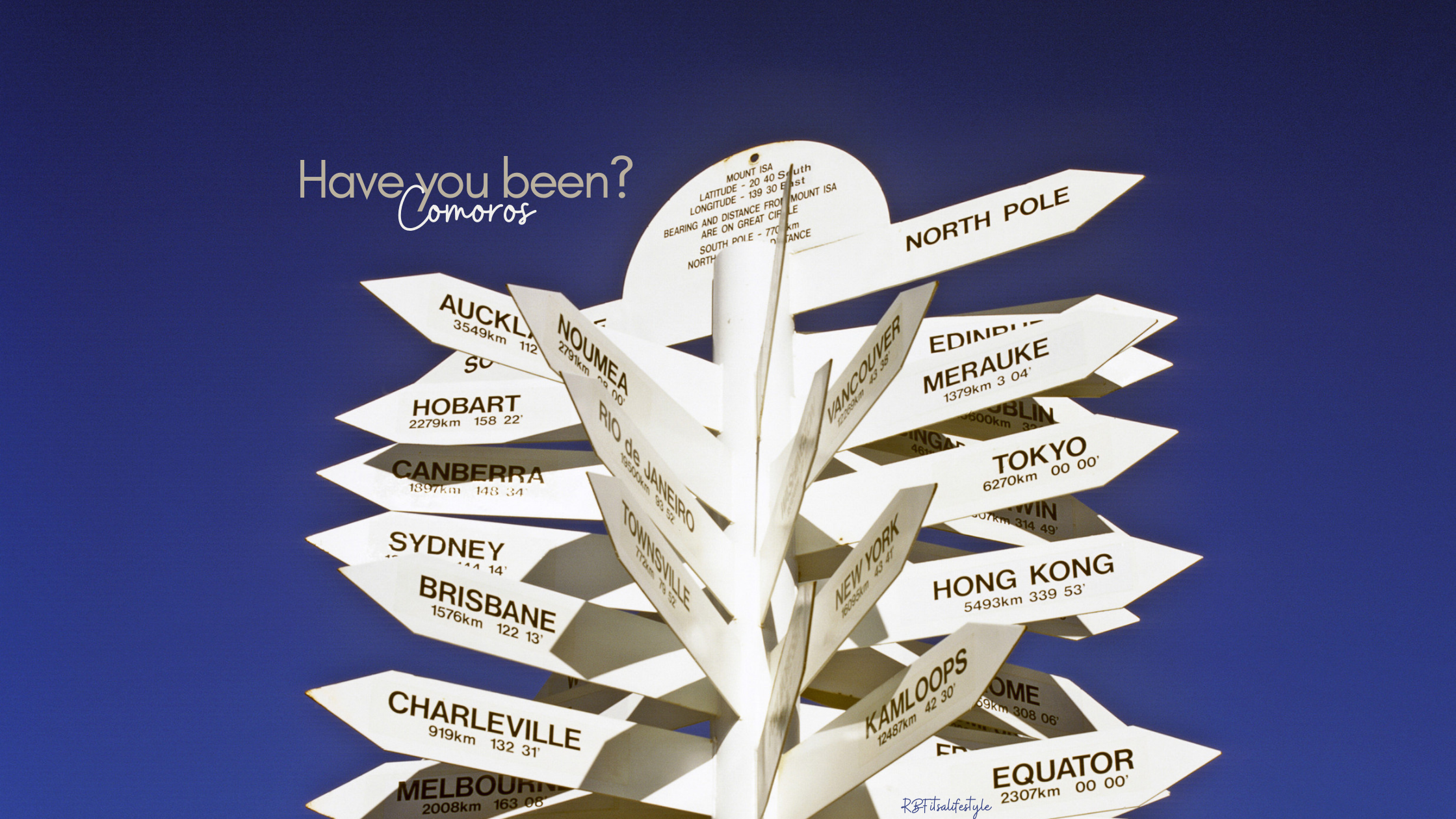Your cart is currently empty!
COMOROS


The Comoros consists of the four main islands, off the East Coast of Africa: Ngazidja , Mwali, Nzwani, and Maore. The nearest countries to the Comoros are Mozambique, Tanzania, Madagascar, and the Seychelles.
The combined area of the volcanic archipelago is around 2200 km²; the island nation is slightly smaller than Luxembourg or slightly smaller than the U.S. state of Rhode Island. The population of Comoros is 770,000 (2015); the neighboring populations, the Seychelles has a little under 100,000, while Madagascar has over 27 million. The Capital and largest city is Moroni on the Grande Comore island. The spoken languages are Comorian (Comorian Swahili, a Bantu language), French, and Arabic, while Islam is the official state religion with 98% of the population are Sunni Muslims.

To add to the country’s troubles, two of the four major islands, Anjouan and Moheli, declared unilateral independence in a violent conflict in 1997. The natural resources are in short supply and the islands’ chief exports – vanilla, cloves and perfume essence – are prone to price fluctuations due to the demand around the world and the supply issues. One very important source of income is money being sent home by Comorans living abroad.
If you haven’t seen the 60 Minutes segment on how vanilla is made, I highly recommend it!

The history of Comoros is quite interesting and conflict torn, with the government being in utmost control. Did you know that the presidency of the union rotates between three islands? The current system, which sees power rotate every five years between the archipelago’s three main islands – and enable the president to run for two fresh five year-terms; the vice president has denounced the referendum. Thoughts on this system?
Comoros’ population is a mélange of Arabs, Persians, Indonesians, Africans, and Indians, and the much smaller number of Europeans that settled on the islands between the 8th and 19th centuries, when this location served as a regional trade hub. The Arab and Persian influence is most evident in the islands’ overwhelmingly Muslim majority, with about 98% of Comorans being Sunni Muslims. The country is densely populated, averaging nearly 350 people per square mile and Anjouan is the most densely populated.
Given the large share of land dedicated to agriculture and Comoros’ growing population, habitable land is becoming increasingly crowded. The combination of increasing population pressure on limited land and resources, motivates thousands of Comorians each year to attempt to illegally migrate using small fishing boats to the neighboring island of Mayotte, which is a French territory. The majority of legal Comorian migration to France came after Comoros’ independence from France in 1975, with the flow peaking in the mid-1980s.

At least 150,000 to 200,000 people of Comorian citizenship or descent live abroad, mainly in France, where they have gone seeking a better quality of life: job opportunities, higher education, due to there not being any universities in Comoros, advanced health care, and to finance elaborate traditional wedding ceremonies.
One of the world’s poorest and smallest economies, the Comoros is made up of three islands that are hampered by inadequate transportation links, a young and rapidly increasing population, and few natural resources. The low educational level of the labor force contributes to a subsistence level of economic activity and a heavy dependence on foreign grants and technical assistance. Agriculture employs a majority of the labor force and provides most of the exports. Comoros’ export earnings are easily disrupted by disasters such as fires and extreme weather, which is most of the issues that plague this island nation. Despite agriculture’s importance to the economy, the country imports roughly 70% of its food and rice is the main staple.

Comoros faces an education system in need of upgrades with limited opportunities for private, commercial, and industrial enterprises. Recurring political instability, sometimes initiated from outside the country, and an ongoing electricity crisis have inhibited growth as well. The government has moved to improve revenue mobilization, reduce expenditures, and improve electricity access, although the public sector wage bill remains one of the highest in Sub-Saharan Africa and in mid-2017, Comoros joined the Southern African Development Community.

Although Comoros is plagued with a poor economy and a history filled with instability, the people are strong and so is their sense of community. There is a grand regard for music and other performance arts, while other local artisans are skilled in sculpture, pottery, embroidery, and basketry. Customary celebrations in the Comoros often feature dancing, music and the re-creation of popular and important literary texts, including war epics and tales about the beginning of different villages. Embroidered ceremonial coats, Islamic bonnets, and curtains are donned and jewelry is also widely produced and sold.

Islam is the dominant religion, and it influences the Comoros’ culture and traditions run deep; there is also a Roman Catholic minority. Customs should be respected, though locals are generally tolerant of outside cultures. Many people also believe in earthly spirits and the power of djinn, which is derived from African, Arab and Madagascan traditions. Although alcohol is not banned but discretion should be used when drinking.

Have you been to Comoros?
If you missed my last, Have you been? series, I covered Barbados!

One response to “COMOROS”
-
[…] COMOROS — RBF […]
About Me

Jaclyn is a travel blogger, UGC creator, and digital story teller. She is a solo luxury traveler, experience lover with a wanderlust soul, who is passionate about sharing her love of life with her global audience across her platforms. She loves to inspire others to see the opulent road traveled solo while empowering them to live their best lives.
Recent Posts
Based in:

Leave a Reply